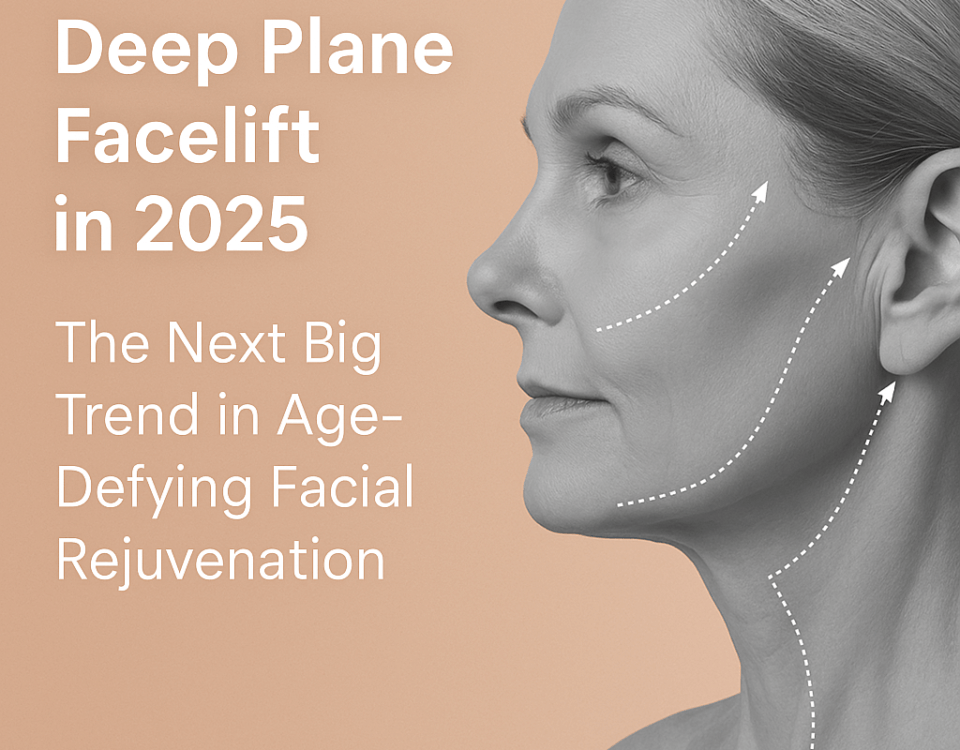Gynecomastia, or the enlargement of male breast tissue, is a common condition—especially among teenage boys. For many, it can cause emotional distress, social anxiety, and low self-esteem during a time when confidence is crucial. One question parents and teens often ask is: “Is gynecomastia surgery safe for teenagers?”
Let’s explore the facts, medical insights, and what you should know before considering surgery for teenage gynecomastia.

What is Gynecomastia?
Gynecomastia is a benign (non-cancerous) enlargement of male breast tissue caused by a hormonal imbalance—usually during puberty. Estrogen (the hormone responsible for female traits) and testosterone (male traits) need to be in balance. During puberty, hormonal fluctuations can temporarily cause estrogen to dominate, resulting in breast tissue growth in boys.
Common Signs of Gynecomastia:
- Swollen breast gland tissue
- Tenderness or discomfort
- Symmetrical or asymmetrical enlargement
- Rubber-like or firm mass under the nipple area
Is Gynecomastia Normal in Teenagers?
Yes! Gynecomastia affects up to 65% of teenage boys at some point during puberty. In most cases, it resolves on its own within 6 months to 2 years without the need for treatment.
However, when gynecomastia:
- Persists beyond 2 years
- Causes emotional or psychological distress
- Affects social life or physical activity
… then surgical intervention may be considered.
What Causes Persistent Gynecomastia?
While puberty is the most common cause, other contributing factors include:
- Hormonal imbalances
- Obesity (pseudogynecomastia caused by fat)
- Steroid or drug use
- Certain medications (like antidepressants, anti-anxiety drugs, etc.)
- Genetic or endocrine conditions
A detailed evaluation by a pediatric orthopedic or cosmetic surgeon is essential before deciding on the next step.
What is Gynecomastia Surgery?
Gynecomastia surgery, also known as male breast reduction surgery, removes the excess glandular tissue and fat to restore a flatter, more masculine chest contour. Depending on the severity, the surgeon may use:
- Liposuction – to remove fatty tissue
- Gland excision – for dense glandular tissue
- Combination of both – in more advanced cases
The procedure is typically done under general anesthesia, takes 1–2 hours, and is usually a daycare surgery, meaning the patient can go home the same day.
Is It Safe for Teenagers?
Yes—if carefully selected.
Gynecomastia surgery is generally safe for teenagers who:
- Are emotionally mature
- Have completed most of their physical development (usually 16+)
- Suffer from long-standing gynecomastia (over 2 years)
- Have no underlying hormonal or endocrine disorder
- Experience physical or emotional distress due to breast enlargement
When performed by a qualified plastic or cosmetic surgeon, the risks are low and results are long-lasting.
Benefits of Surgery in Teens
- Improved self-confidence and body image
- Relief from social embarrassment
- Greater ease with sports and physical activity
- Better posture and clothing choices
- Psychological relief from bullying or teasing
Risks and Considerations
As with any surgery, gynecomastia surgery comes with potential risks:
- Scarring (though minimal and well-hidden)
- Temporary numbness or sensitivity
- Asymmetry
- Need for revision surgery in rare cases
That’s why timing and selection are crucial. In many cases, doctors advise waiting until hormonal levels stabilize, unless the condition is causing significant distress.
What to Expect After Surgery?
Recovery Timeline:
- 1-2 days of rest
- Compression garment for 2–4 weeks
- Mild swelling or bruising for a few days
- Avoid heavy exercise or sports for 3–4 weeks
- Return to school or light activity in a few days
Results are visible immediately but improve as swelling subsides over weeks.
FAQs on Teen Gynecomastia Surgery
1. Will the breast come back after surgery?
If the surgery is done post-puberty and no hormonal imbalance or steroid use continues, recurrence is rare.
2. Is the surgery painful?
Mild discomfort can occur for a few days but is manageable with prescribed painkillers.
3. Will there be visible scars?
Modern surgical techniques ensure that scars are minimal and fade with time.
4. Can overweight teens have surgery?
Yes, but surgeons often advise weight management first, as losing fat can sometimes reduce the size naturally.
5. Is the surgery covered by insurance?
In most cases, cosmetic surgeries aren’t covered—but if gynecomastia causes physical pain or emotional distress, some insurers may consider partial coverage.
When Should Parents Consider Surgery for Their Teen?
As a parent, it’s important to:
- Listen without judgment
- Consult a qualified surgeon
- Rule out underlying medical causes
- Consider the emotional impact on your child
- Wait until at least age 15–17, depending on maturity
Surgery should never be rushed. It should be a well-informed, joint decision between the teen, parents, and the doctor.
Final Thoughts
Gynecomastia can be an emotionally difficult experience for teenagers. While most cases are harmless and resolve on their own, persistent gynecomastia can affect a teen’s mental health, confidence, and quality of life.
If your teen has long-standing gynecomastia and is struggling emotionally, consulting a trusted surgeon like Dr. Rajesh, who specializes in adolescent care and cosmetic procedures, can help determine the best course of action.
Ready to Discuss Your Options?
Call Now to Book a Consultation with Dr. Rajesh
Visit Our Clinic | Request a Call Back





